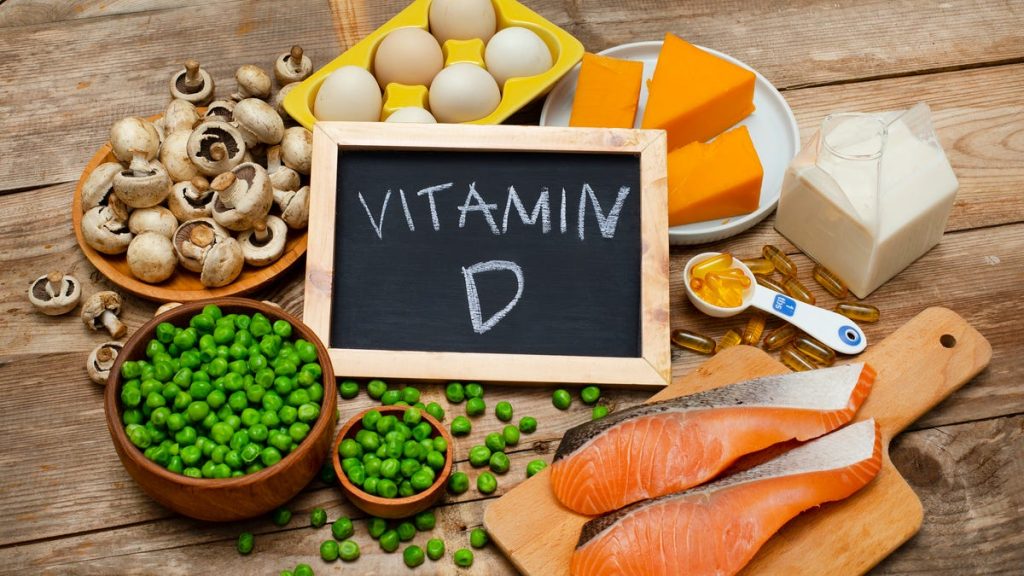Vitamin D plays a crucial role in maintaining overall health, particularly during the winter months when sunlight exposure is limited. It supports a range of bodily functions, including immune system strength, muscle function, neurological health, and calcium absorption, making it essential to ensure adequate intake. While sunlight is the primary source of vitamin D, dietary sources become increasingly important during winter. This extended exploration delves into the benefits of vitamin D and highlights various food sources rich in this vital nutrient.
Vitamin D’s importance stems from its multifaceted contributions to well-being. It acts as a potent immune system modulator, enhancing the body’s defense against infections like colds and flu, which are more prevalent during winter. Furthermore, vitamin D plays a critical role in muscle function, supporting strength and preventing weakness. Its influence on neurological health is also significant, potentially impacting mood regulation and cognitive function. Perhaps most well-known is vitamin D’s role in calcium absorption, which is vital for maintaining strong bones and preventing osteoporosis.
Given the reduced sunlight exposure during winter, incorporating vitamin D-rich foods into one’s diet becomes paramount. Fatty fish, such as salmon, swordfish, and tuna, are excellent sources of this nutrient. Wild-caught salmon, in particular, offers higher vitamin D content compared to farmed salmon. Swordfish provides a substantial dose of vitamin D, often exceeding the recommended daily intake for adults. While tuna contains less vitamin D than salmon or swordfish, it can still contribute to overall vitamin D intake, especially bluefin tuna.
Beyond fatty fish, other animal-based foods contribute to vitamin D levels. Egg yolks are a surprisingly rich source, with a single yolk providing a significant amount of vitamin D. Including eggs in breakfast meals can be a convenient way to boost intake. Beef liver, although not a universally enjoyed food, offers a substantial amount of vitamin D for those who appreciate its flavor. Sardines and herring, while often polarizing in taste preference, are also good sources of this nutrient, particularly relevant during the holiday season when herring consumption is common in some regions.
For those seeking non-animal sources of vitamin D, fortified foods and certain fungi offer viable options. Fortified milk, both dairy and plant-based alternatives, is a common source of added vitamin D. Checking labels is essential to ensure the product is fortified. Similarly, fortified cereals can contribute to vitamin D intake, with healthier whole-grain options often containing higher levels of this nutrient than sugary cereals. Wild mushrooms, unlike most plant-based sources, naturally produce vitamin D when exposed to UV light. They contain vitamin D2, a form of vitamin D that, while different from the D3 found in animal sources, is still beneficial for health.
Optimizing vitamin D intake during winter requires a conscious effort to incorporate these diverse food sources into one’s diet. The recommended daily intake varies depending on age and individual health conditions, so consulting with a healthcare professional can provide personalized guidance. A balanced approach, combining dietary sources with sensible sun exposure when possible, can help maintain adequate vitamin D levels and support overall health throughout the winter months. While supplements can be an option, obtaining vitamin D through food sources is often preferred due to the added benefits of other nutrients present in these foods.
In conclusion, vitamin D is essential for maintaining various aspects of health, especially during winter when sunlight exposure is reduced. Incorporating a variety of vitamin D-rich foods into the diet is crucial for ensuring adequate intake. Fatty fish, eggs, fortified foods, and wild mushrooms are among the best sources to consider. By prioritizing these dietary sources and seeking personalized advice from healthcare professionals, individuals can maintain optimal vitamin D levels and support their overall well-being throughout the winter season.










